Here’s a common scenario; it’s late in the summer season, and your annuals aren’t blooming as profusely as they used to. One day, you wake up, and something is missing. The last flowers have faded, and the garden is looking a little too green. Sound familiar?
The cure for dull landscapes between seasons is to plant strategically for all-season colour. Fortunately, many of the best plants for four-season colour also make great options for eco-friendly landscaping.
These days, more homeowners than ever have sustainability on their minds. With everything going on in the world, not just this year but in years past, we’re seeing more folks looking for practical approaches to landscaping, including solutions for conserving water and energy. It’s even got a name; xeriscaping landscape design. Xeriscaping is a movement that’s all about creating a landscape that requires very few inputs, making it easy and eco-friendly to keep a beautiful yard throughout the year.
Setting the Stage for Multi-season colour
Before you plant for multi-season interest, consider the role your landscape layout plays in highlighting the different areas of your garden.
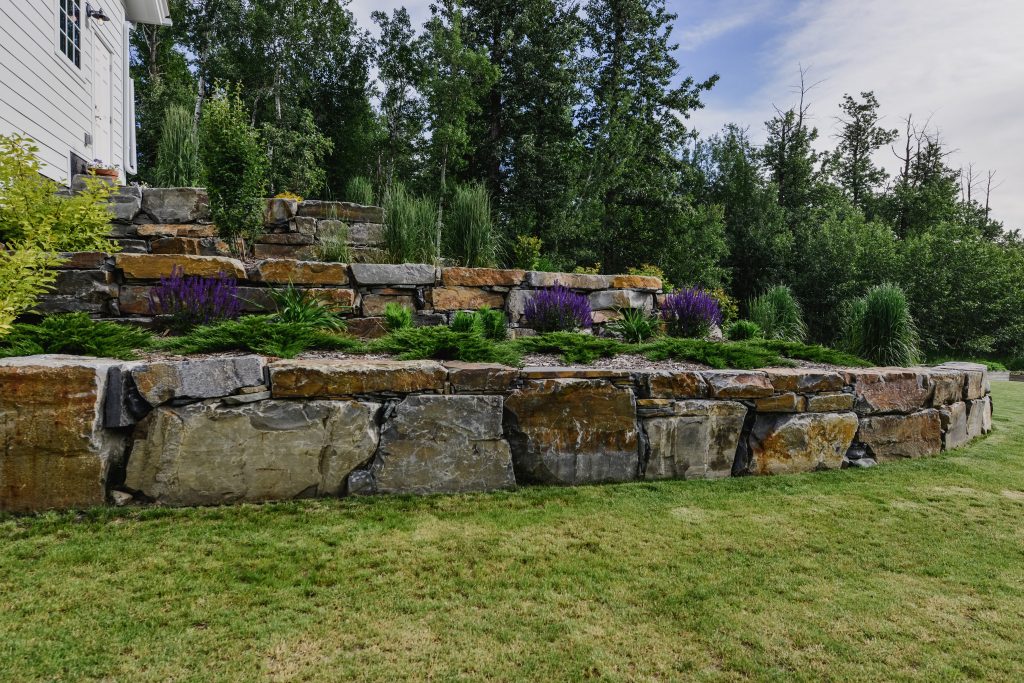
Hardscapes can be used to visually section the landscape into different areas of interest. A retaining wall around your home’s foundation calls attention to a flowerbed bursting with colour in the spring and summer, while a beautiful specimen tree surrounded by brick edging becomes the focal point when it shows its magnificent fall colour. In the winter, most Edmonton yards are covered in snow—save for the driveway, porch, and sidewalk leading to the door. Beautiful, professionally laid pavers make this area attractive during all four seasons and make an elegant complement to winter interest plants.
Outdoor lighting is commonly overlooked, but it makes a significant difference to the seasonality of your landscape. High-efficiency LEDs can be strategically placed to light safe pathways, highlight beautiful accent plants, or decorate trees, shrubs, and structures. You’ll really appreciate the extra lighting in October when the sun starts turning in earlier!
These permanent fixtures will accentuate your shrubs, trees, and perennials all year long. Next, it’s time to plan your planting with hardy, low-maintenance options that will never leave your landscape looking dull!
Fall for Autumn Colour
If you play your cards right, autumn has the potential to be an even more colourful season than spring! Fortunately, it’s also an excellent time to start planting trees, shrubs, and perennials to establish before the winter.
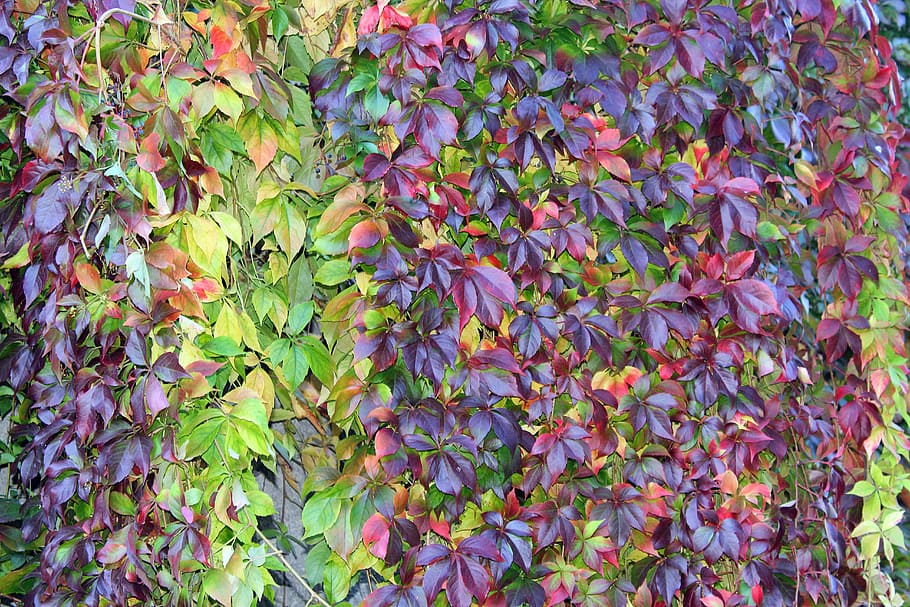
Virginia Creeper is a tough and fast-growing vine that looks incredible in the fall. The vine can cover fences, arbours, pergolas, walls, and just about anything else with a mass of four-lobed leaves that turn brilliant scarlet in the fall. However, this aggressive grower has a tendency to be invasive, so it will require taming if you want to keep it contained to one area of your garden. We don’t recommend planting it on or near trees.
You can never go wrong with red fall foliage, like the Flame Amur Maple. The Flame Amuris one of the few maple varieties that can handle our frigid winters, and like other maples, its autumn foliage is truly memorable.
Fall-blooming perennial flowers, like Helenium (also known as Sneezeweed), are perfect for interplanting with your summer bloomers. Once the summer blooms start to fade, the fall flowers will take over and provide a food source for pollinators who have yet to go dormant.
Wonderful for Winter
We often think of winter as the “off-season” for our yards. While there may not be any active growth happening during this season, there’s still plenty to admire about a well-planned winter landscape!
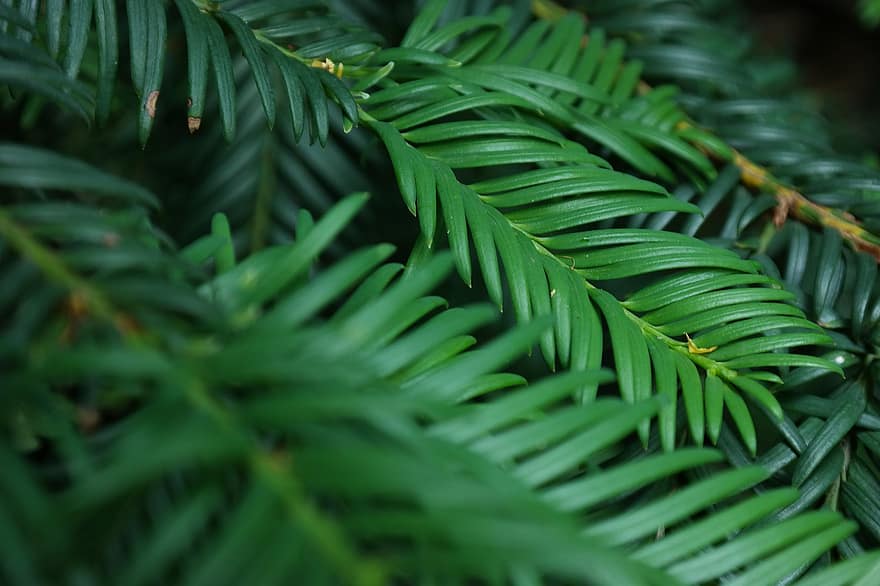
No surprise here, but evergreens are a cornerstone of winter landscaping. In the growing season, evergreens are often overshadowed by pretty flowers and foliage. However, before the snow flies, take a moment to think about how pretty snow-dusted evergreens look just before the holidays. Plant some juniper, spruce, or cedar this fall, and in a few short months, you’ll be glad you did!
Ornamental grasses are another underrated family of perennials. In the winter, textures are key, and grasses provide it in spades. When dormant, the blades and feathery flower stalks remain tall and upright, adding some depth to a snowy landscape.
Interesting bark makes for fantastic winter interest, breaking up the palette of whites, greys, and occasional greens. Dogwood has fabulous red bark and fine branches that look very pretty poking out of the snow. Amur Cherry’s golden bark brings a pop of warm colour to a mostly cool-toned landscape. Birch, with its signature white bark, is a Canadian winter classic and always looks elegant in frosty weather.
Some trees, like Mountain Ash, keep their berries well into winter. Not only do the berries provide additional interest, they also attract adorable winter birds to the landscape!
Spring into Colour
Spring flowers don’t happen by accident! Bulbs, like tulips and daffodils, are among the most popular standbys for spring colour, and most varieties are either biennials or perennials. The trick with bulbs is to time your planting for a longer show in the spring. Start planting waves of spring bulbs each week in the fall, and when spring arrives, you’ll enjoy a longer period of continuous blooms.
Fruit trees are some of the most show-stopping sights in the spring. Just about every tree that bears summer fruit, such as apples, cherries, and pears, kicks off the spring with an explosion of delicate, fragrant flowers. Of course, the fruit is a major bonus!

We can’t talk about spring colour without mentioning lilacs. Who doesn’t look forward to their signature scent every year? Plant a few along a sunny border, and by next spring, they’ll delight the whole family with their fabulous panicles of blossoms.
Summer Sensations
After a colourful spring, we often take summer for granted. However, the period after spring flowers fade is usually the time when our landscapes look the least lively unless we’ve planned for summer blooms. A gorgeous, relatively low-maintenance option is the Winnipeg Parks rose. These are the toughest rose bushes around, blooming profusely with cherry-red flowers. As a bonus, the shrub’s foliage has lovely red fall tones to enjoy during the autumn months.
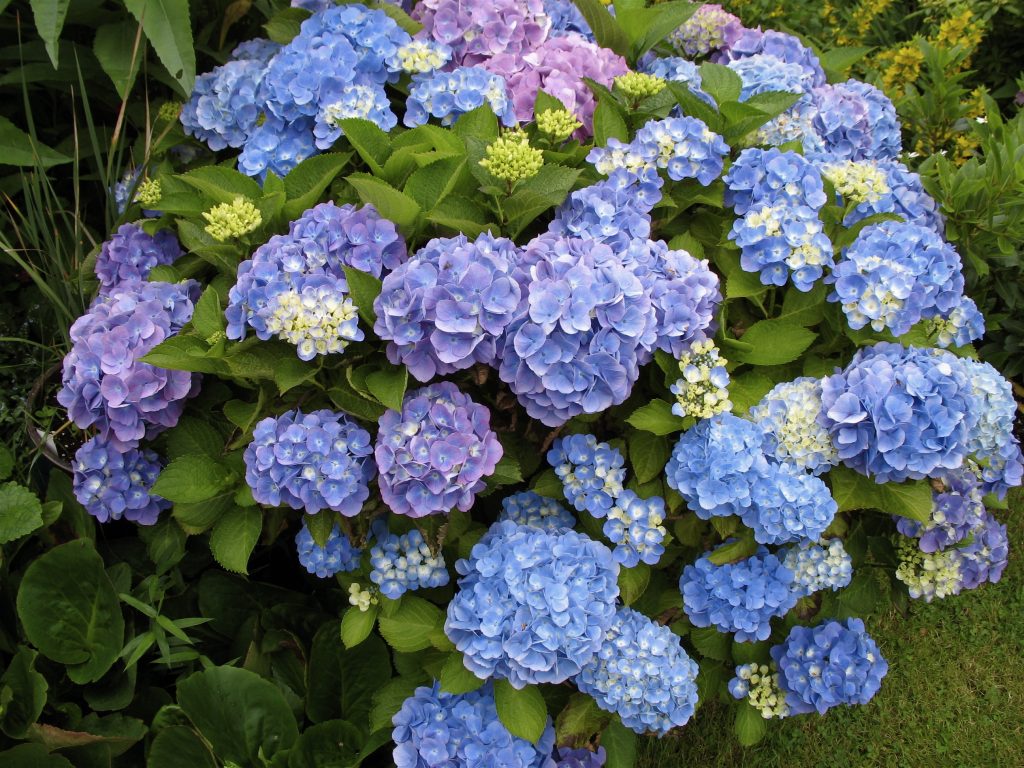
If you don’t have them already, planting hydrangeas will show you exactly why they’re so popular. The massive flower heads can stand alone to brighten up your landscape, or they’ll blend in beautifully with your summer garden bed.
Speaking of summer flowers, many native flowers, like Coneflower, bloom for weeks through the summer months. They’re beautiful, fabulous for the pollinators, and require virtually no maintenance.
Multi-Season Must-Haves
Along with these seasonal standouts, it helps to integrate a few multi-seasonal multi-taskers. For example, flowering crabapples, chokeberry, and Tor spirea show off gorgeous flowers, fruit, and fall foliage.
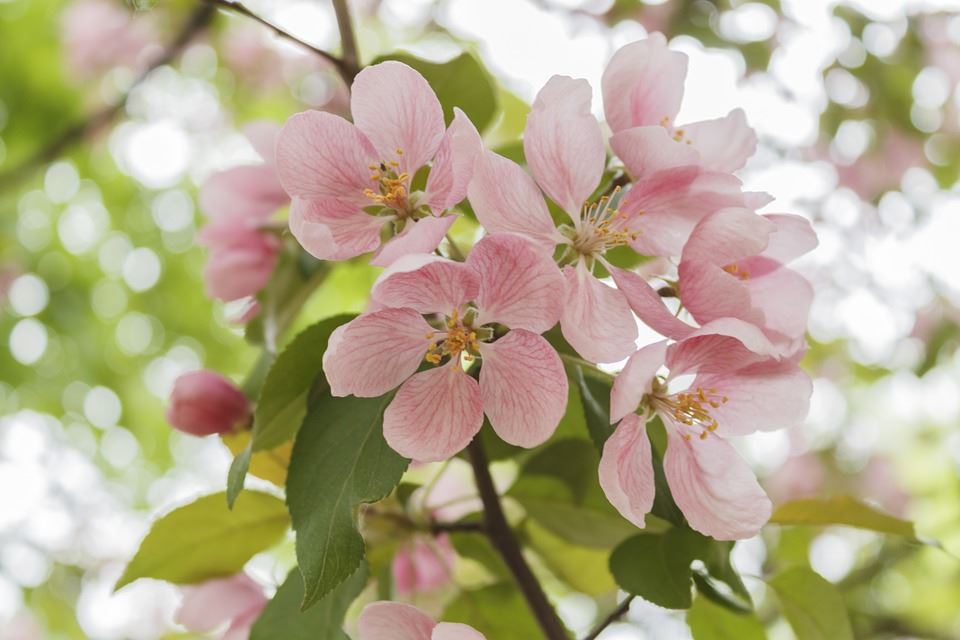
Now that fall is around the corner; it’s the perfect time to start thinking about how you want your landscape to look for the next year. If you need some fresh eyes and inspiration, give our landscape design team a call!
Let us help
Create a healthy, safe environment for your family to enjoy for years to come.


